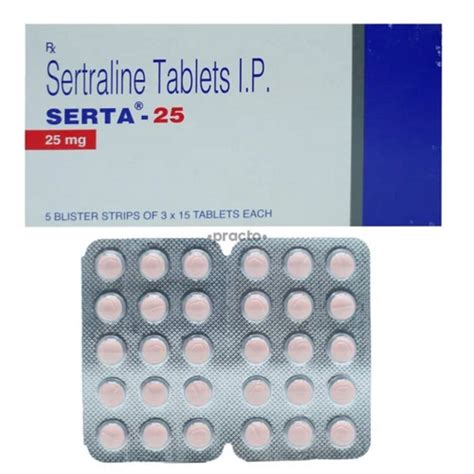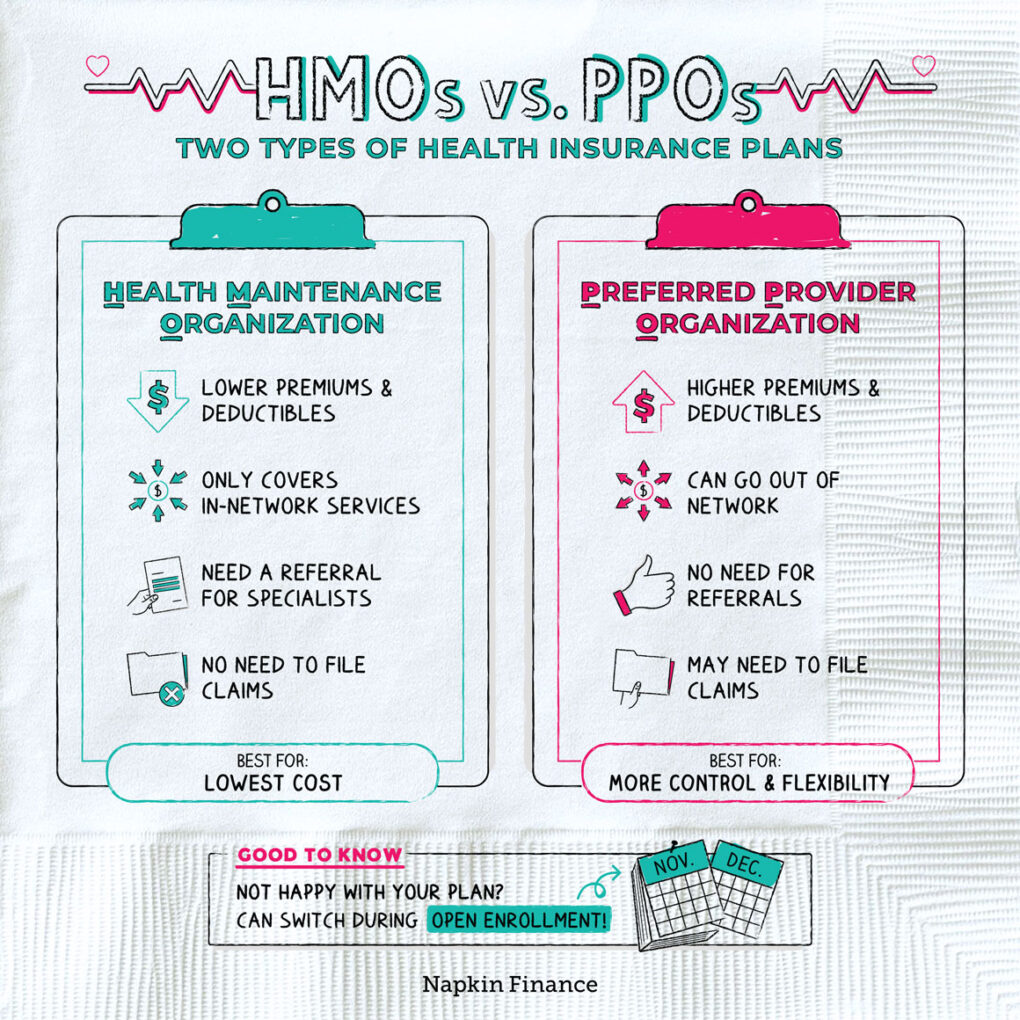Norethindrone, a synthetic form of progestin, has been a cornerstone in the management of various reproductive health conditions for decades. Its versatility and efficacy have made it a widely prescribed medication, not only for its original intention as a contraceptive but also for its therapeutic benefits in treating a range of gynecological disorders. To understand the broad spectrum of norethindrone uses, it’s essential to delve into its pharmacological properties, indications, and the physiological basis of its effects on the human body.
Pharmacological Properties of Norethindrone
Norethindrone is a first-generation progestin, derived from 19-nortestosterone. It exhibits strong progestogenic activity, moderate androgenic effects, and negligible estrogenic activity. Its pharmacokinetics allows for oral administration, with high bioavailability and extensive metabolism in the liver. The drug’s ability to bind to progesterone receptors enables it to exert its effects on the endometrium, hypothalamus, and other tissues sensitive to progesterone, thus influencing menstrual cycles, fertility, and various physiological processes.
Indications and Uses
Contraception: Norethindrone is used in combination with estrogen as part of hormonal contraceptives (e.g., the pill, patch, ring) to prevent pregnancy. It works by inhibiting ovulation, thickening cervical mucus to block sperm, and altering the endometrium to prevent implantation of a fertilized egg.
Menstrual Regulation and Dysmenorrhea: For women experiencing irregular menstrual cycles or painful menstruation (dysmenorrhea), norethindrone can help regulate menstrual cycles and reduce menstrual cramps by stabilizing the endometrial lining and reducing prostaglandin production.
Endometriosis: This condition is characterized by the growth of endometrial tissue outside the uterus, leading to painful symptoms. Norethindrone can help reduce the growth and activity of this ectopic endometrial tissue, thereby alleviating symptoms such as pelvic pain and heavy bleeding.
Abnormal Uterine Bleeding: Norethindrone is effective in managing abnormal uterine bleeding (AUB), which includes conditions like menorrhagia (heavy menstrual bleeding). By inducing a progestogenic effect on the endometrium, it helps in reducing the volume and frequency of bleeding.
Premenstrual Syndrome (PMS): Some women find relief from PMS symptoms, including mood swings, bloating, and breast tenderness, when using norethindrone. Its mechanism in alleviating these symptoms is not fully understood but is thought to relate to its hormonal effects.
Postmenopausal Hormone Therapy: In some cases, norethindrone is used in combination with estrogen for postmenopausal hormone therapy to alleviate symptoms of menopause, such as hot flashes and vaginal dryness, and to prevent osteoporosis.
Side Effects and Considerations
While norethindrone is generally well-tolerated, potential side effects can include weight gain, breast tenderness, mood changes, acne, and changes in libido. The drug can also affect lipid profiles and has been associated with an increased risk of venous thromboembolism, particularly in combination with estrogen. Its use requires careful consideration of the individual’s medical history, especially regarding cardiovascular health, liver disease, and a history of breast or endometrial cancer.
Conclusion
Norethindrone’s diverse applications in reproductive health underscore its value as a therapeutic agent. Its ability to influence hormonal balance makes it an effective treatment for various conditions affecting women’s health. However, as with any medication, the decision to use norethindrone should be made under the guidance of a healthcare provider, weighing its benefits against potential risks and considering individual health needs and circumstances.
FAQ Section
What is norethindrone primarily used for?
+Norethindrone is primarily used as a form of contraception and for the treatment of various menstrual disorders and gynecological conditions.
Can norethindrone be used to treat endometriosis?
+Yes, norethindrone can be used to treat endometriosis by reducing the growth and activity of ectopic endometrial tissue, thus alleviating symptoms such as pelvic pain and heavy bleeding.
What are the common side effects of norethindrone?
+Common side effects of norethindrone include weight gain, breast tenderness, mood changes, acne, and changes in libido. It can also affect lipid profiles and increase the risk of venous thromboembolism, especially when combined with estrogen.
Can norethindrone be used for postmenopausal hormone therapy?
+Yes, norethindrone can be used in combination with estrogen for postmenopausal hormone therapy to alleviate symptoms of menopause and prevent osteoporosis.
How does norethindrone work as a contraceptive?
+Norethindrone works as a contraceptive by inhibiting ovulation, thickening cervical mucus to block sperm, and altering the endometrium to prevent implantation of a fertilized egg.
What factors should be considered before using norethindrone?
+Before using norethindrone, factors such as medical history, especially regarding cardiovascular health, liver disease, and a history of breast or endometrial cancer, should be considered. The decision to use norethindrone should be made under the guidance of a healthcare provider.


